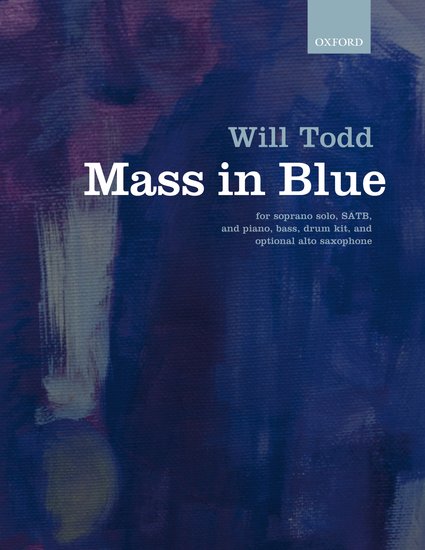Seven fun facts about the ukulele
The ukulele, a small four-stringed instrument of Portuguese origin, was patented in Hawaii in 1917, deriving its name from the Hawaiian word for “leaping flea”. Immigrants from the island of Madeira first brought to Hawaii a pair of Portuguese instruments in the late 1870s from which the ukuleles eventually developed.










